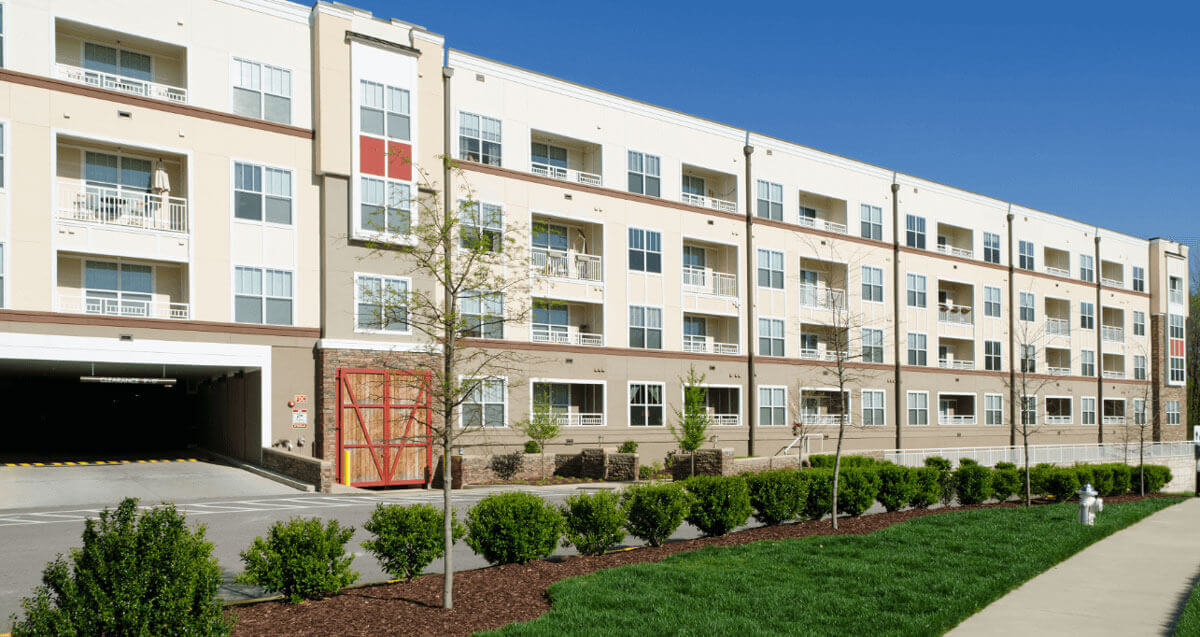Looking to expand your knowledge about fences for multi-unit residential buildings? Look no further than Fencedude.com, a dedicated blog website that provides comprehensive and engaging content on all things fences. With a focus on balancing privacy and community, Fencedude.com offers reliable information on different types of fences, their sizes, shapes, and materials, and how to determine which fence is suitable for specific needs. From wooden to metal, vinyl to chain-link, this blog covers it all. Gain insights on the benefits, considerations, and maintenance requirements of each type, as well as guidance on choosing the appropriate size and shape based on your requirements. So, if you want to make informed decisions when selecting and installing fences, Fencedude.com is your go-to resource.
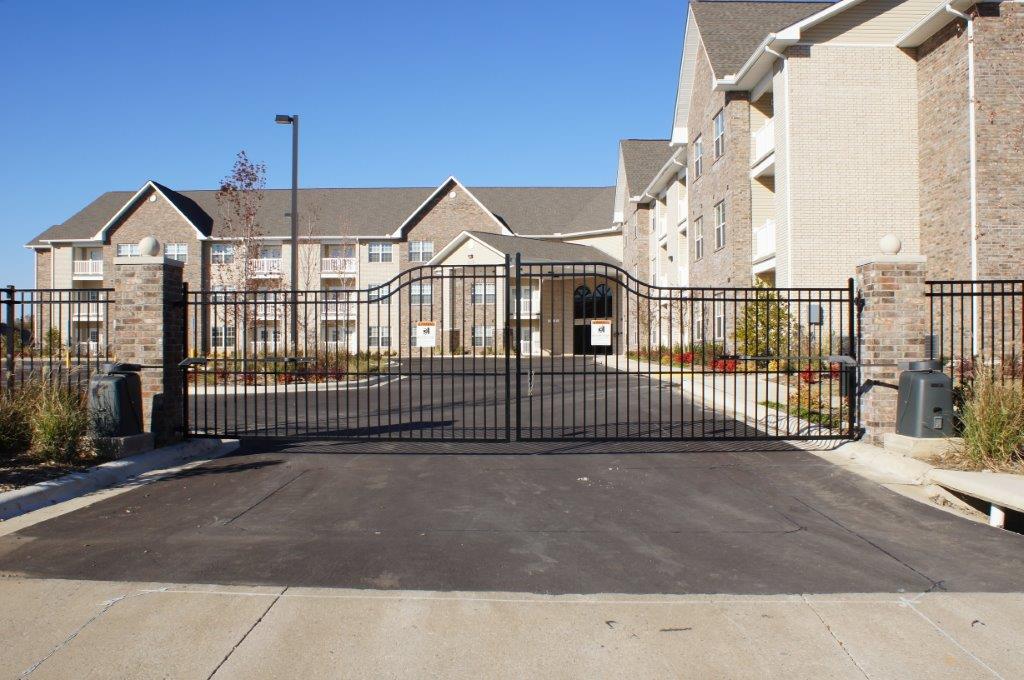
Choosing the Right Fence Type
When it comes to selecting a fence for your multi-unit residential building, there are several factors to consider. The first step is to evaluate your privacy needs. Are you looking for complete privacy, or do you simply want to create a boundary between your property and the surrounding area? This will help determine the level of enclosure required.
Next, you’ll need to evaluate your security requirements. Do you need a fence that will provide maximum security, or is a basic level of security sufficient? This will depend on the location of your building and the level of security you desire.
Another important consideration is your aesthetic preferences. What style or look are you trying to achieve with your fence? Consider the architectural design of your building and the surrounding landscape. You want the fence to blend harmoniously with its surroundings and enhance the overall aesthetic appeal of your property.
Lastly, assess the maintenance demands of different fence types. Some fences require regular maintenance, such as painting or staining, while others are more low maintenance. Consider how much time and effort you are willing to invest in maintaining your fence.
Factors to Consider in Fence Size and Shape
The size and shape of your fence will depend on several factors. The first consideration is the size of your property and its boundaries. Measure the perimeter of your property to determine how much fencing you will need. It’s also important to understand the boundaries of your property to ensure that you are staying within your legal limits.
The level of enclosure required is another factor to consider. Are you looking for a fence that completely encloses your property, or do you just need a simple boundary marker? This will determine the height and density of your fence.
Moreover, architectural harmony and integration are important considerations. Your fence should complement the overall design of your building and blend well with its surroundings. Consider the architectural style and materials used in your building and choose a fence that integrates seamlessly.
Popular Fence Materials for Multi-Unit Residential Buildings
There are several types of materials to choose from when it comes to selecting a fence for your multi-unit residential building. Each material has its own characteristics and advantages. Let’s take a closer look at some of the most popular fence materials:
Wooden Fences
Wooden fences are a classic choice for residential buildings. They offer a natural beauty and versatility, allowing you to customize the design and style to suit your preferences. Wooden fences also provide enhanced privacy and soundproofing, making them ideal for properties where privacy is a top priority. However, it’s important to consider the maintenance requirements of wooden fences, as they may require regular maintenance such as painting or staining.
Chain-Link Fences
Chain-link fences are known for their durability and security. They are cost-effective and low maintenance, making them a popular choice for many residential buildings. However, chain-link fences offer limited privacy due to the open design. They are often used in properties where security is a top concern, such as commercial buildings or areas that require high visibility.
Vinyl Fences
Vinyl fences are a low maintenance option that offers a wide range of styles and colors. They are resistant to rot, rust, and fading, making them suitable for all types of climates. Vinyl fences provide a good balance between privacy and visibility, offering more privacy than chain-link fences while still allowing some visibility. They are also environmentally friendly, as they don’t require painting or staining.
Metal Fences
Metal fences, such as aluminum or wrought iron, offer strength and longevity. They are highly durable and require minimal maintenance. Metal fences can be customized to suit different architectural styles and offer a wide range of style options. However, it’s important to note that metal fences may require regular maintenance to prevent rust or corrosion.
Wooden Fences: Characteristics and Advantages
Wooden fences are a popular choice for multi-unit residential buildings due to their natural beauty and versatility. One of the key advantages of wooden fences is their ability to enhance privacy and soundproofing. The solid construction of wooden fences creates a barrier that can effectively block out noise and provide a sense of seclusion.
Wooden fences also offer a range of design options, allowing you to customize the look and style of your fence. From traditional picket fences to modern horizontal slat designs, wooden fences can be tailored to suit your aesthetic preferences. Additionally, wood is a material that can be easily stained or painted, giving you the flexibility to change the color of your fence whenever you desire.
However, it’s important to consider the maintenance requirements of wooden fences. Wood is susceptible to rot, pests, and weathering, so regular maintenance is necessary to ensure the longevity of your fence. This may include staining, painting, or applying sealants to protect the wood from moisture and UV damage.
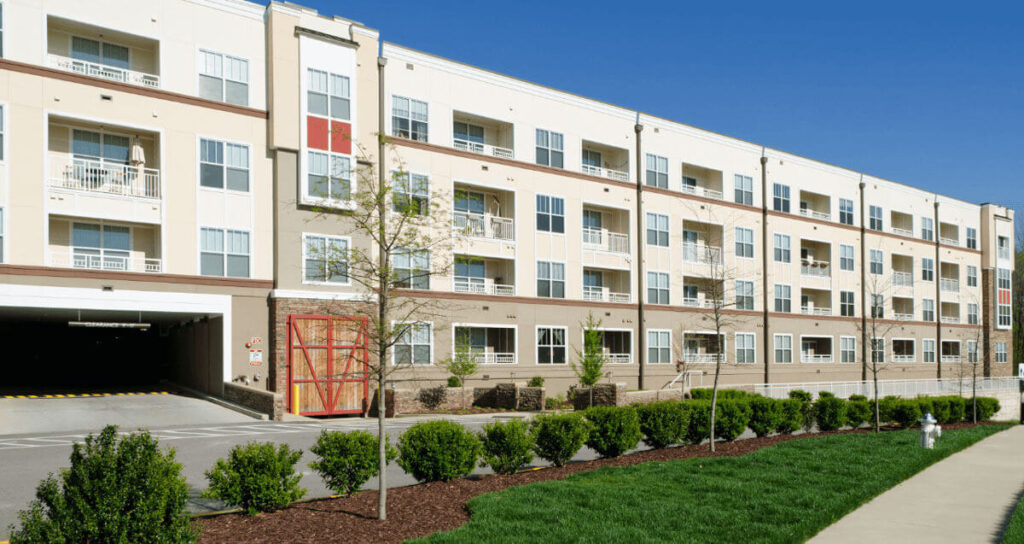
Chain-Link Fences: Characteristics and Advantages
Chain-link fences are known for their durability and security. These fences are made of interlocking steel wires, creating a strong and sturdy barrier. They are highly resistant to impact, making them a reliable option for enhancing security in multi-unit residential buildings.
One of the key advantages of chain-link fences is their cost-effectiveness. They are typically more affordable compared to other fence materials, making them an attractive option for those on a budget. Chain-link fences also require minimal maintenance, as they are resistant to rust and corrosion.
However, it’s important to note that chain-link fences offer limited privacy. Due to their open design, they allow visibility both inside and outside the property. They are often used in commercial settings or areas where high visibility is desired, such as schools or sports facilities.
Vinyl Fences: Characteristics and Advantages
Vinyl fences are a popular choice for multi-unit residential buildings due to their low maintenance and longevity. These fences are made of PVC (polyvinyl chloride) material, which is known for its durability and resistance to elements such as rot, moisture, and fading.
One of the key advantages of vinyl fences is their wide range of styles and colors. Whether you prefer a classic white picket fence or a modern privacy fence, vinyl fences offer a variety of design options to suit your aesthetic preferences. They can even mimic the look of wood or metal, allowing you to achieve the desired appearance without the maintenance requirements.
Vinyl fences are also environmentally friendly, as they are recyclable and don’t require painting or staining. They are a good option for those looking for a low maintenance fence that will last for years to come.

Metal Fences: Characteristics and Advantages
Metal fences, such as aluminum or wrought iron, are known for their strength and longevity. These fences offer a durable and sturdy option for multi-unit residential buildings, providing enhanced security and a classic aesthetic appeal.
One of the key advantages of metal fences is their versatility. They can be customized to suit different architectural styles and design preferences. From ornate wrought iron fences to sleek and modern aluminum designs, metal fences offer a wide variety of options for achieving the desired look.
However, it’s important to note that metal fences may require regular maintenance to ensure their longevity. Depending on the material used, metal fences may be susceptible to rust or corrosion. Regular inspections and treatments may be necessary to prevent these issues and maintain the quality of your fence.
Combining Fence Types for Enhanced Privacy and Aesthetics
If you’re looking to achieve both privacy and aesthetics for your multi-unit residential building, combining different fence types can be a great solution. Here are some options to consider:
Mixing Wood and Metal Fences
Combining wood and metal fences can create a visually appealing and unique look. For example, you can install a wooden privacy fence around the perimeter of your property and use decorative wrought iron panels or gates to add an element of elegance and charm. This combination provides a balance between privacy and visibility, while also enhancing the overall aesthetic appeal of your property.
Incorporating Decorative Elements
Adding decorative elements to your fence can help enhance its visual appeal. Consider incorporating elements such as decorative post caps, finials, or lattice panels. These additions can turn a simple fence into a focal point of your property, adding a touch of sophistication or charm.
Adding Privacy Screens or Panels
If privacy is a top concern, adding privacy screens or panels to your fence can provide the seclusion you desire. These screens can be made of materials such as wood, vinyl, or metal and can be installed on existing fences to enhance their privacy capabilities. Privacy screens are available in various designs and styles, allowing you to choose one that complements the overall look of your property.
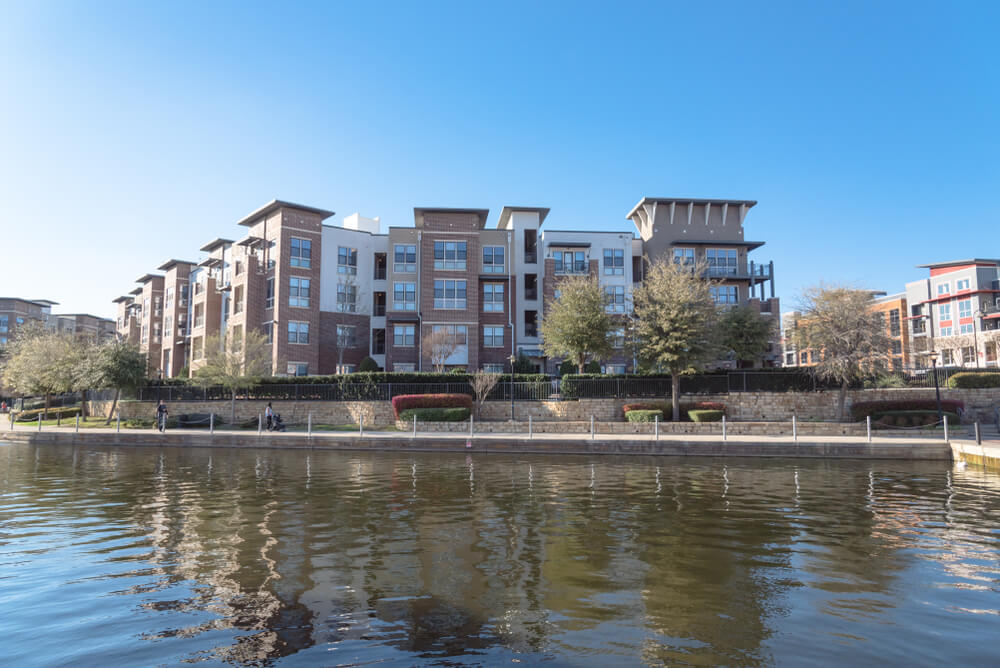
Balancing Privacy and Community in Multi-Unit Residential Buildings
When it comes to multi-unit residential buildings, striking a balance between privacy and community is crucial. While residents value their privacy, it’s also important to create common spaces for social interaction. Here are some strategies for achieving this balance:
The Importance of Privacy in Multi-Unit Living
Privacy is essential in multi-unit living as residents want to feel secure and have a sense of personal space. By providing adequate privacy measures such as fences, residents can enjoy their homes without feeling exposed or constantly under the gaze of neighbors. Privacy allows individuals to relax and feel comfortable in their own space.
Creating Common Spaces for Social Interaction
While privacy is important, it’s equally crucial to create common spaces where residents can interact and build a sense of community. This can be achieved by designing shared areas such as gardens, playgrounds, or community rooms where residents can come together, socialize, and engage in various activities. These spaces foster a sense of belonging and allow residents to connect with their neighbors.
Strategies for Harmonizing Privacy and Community
To strike a balance between privacy and community, it’s important to establish clear guidelines and rules for the use of shared spaces. This ensures that residents can enjoy their privacy while still being part of a vibrant community. Additionally, communication plays a key role in fostering a harmonious environment. Encourage open lines of communication among residents, and provide opportunities for them to voice their concerns, suggestions, and ideas.
Maintaining Fence Quality and Longevity
Proper maintenance is essential to ensure the quality and longevity of your fence. Here are some tips to keep your fence in top condition:
Regular Inspections and Repairs
Regularly inspect your fence for any signs of damage or wear. Look for rotting or cracked wood, loose screws or nails, or any other structural issues. Promptly repair any damage to prevent it from worsening or compromising the integrity of your fence.
Proper Cleaning and Maintenance Techniques
Follow the manufacturer’s instructions for cleaning and maintaining your specific fence material. This may involve washing the fence with mild soap and water, or using specialized cleaners for certain materials. Avoid using abrasive cleaners or tools that may cause damage to the surface of your fence.
Protecting Fences from Environmental Factors
Fences are exposed to various environmental factors such as sun, rain, wind, and snow. Take steps to protect your fence from these elements. Apply a weatherproof sealant or stain to wooden fences to protect them from moisture and UV damage. For metal fences, consider applying a protective coating to prevent rust or corrosion.
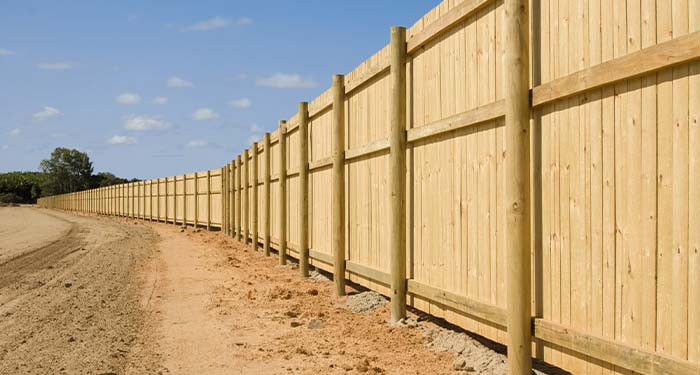
Legal Considerations for Fences in Multi-Unit Residential Buildings
Before installing a fence in your multi-unit residential building, it’s important to understand the legal considerations. Here are some key points to keep in mind:
Reviewing Local Building Codes and Regulations
Every municipality has its own building codes and regulations regarding fences. Familiarize yourself with these regulations to ensure that your fence complies with the local guidelines. This may include restrictions on fence height, materials, and setback requirements from property boundaries.
Obtaining Necessary Permits
In many cases, you will need to obtain a permit before installing a fence. Check with your local building department to determine the permit requirements for your area. Failure to obtain the necessary permits may result in fines or the requirement to remove the fence.
Respecting Neighbors’ Rights and Boundaries
When installing a fence, it’s important to respect the rights and boundaries of your neighbors. Ensure that the fence is installed entirely within your property boundaries and does not encroach on neighboring properties. It’s also a good practice to discuss your plans with your neighbors and address any concerns they may have about the fence installation.
By considering factors such as privacy needs, security requirements, aesthetic preferences, and maintenance demands, you can choose the right fence type for your multi-unit residential building. Whether you opt for wooden, chain-link, vinyl, or metal fences, each material has its own characteristics and advantages to suit different needs and preferences. By combining fence types, incorporating decorative elements, and balancing privacy and community, you can create a harmonious and aesthetically pleasing environment for residents. Regular maintenance, adherence to legal considerations, and open communication will ensure the longevity and quality of your fence.
